What lies beneath Loch Lomond?
BGS geoscientists have visualised what lies beneath the waves of Loch Lomond, revealing an image of the loch bed and various sedimentary features of the subsurface.
17/10/2023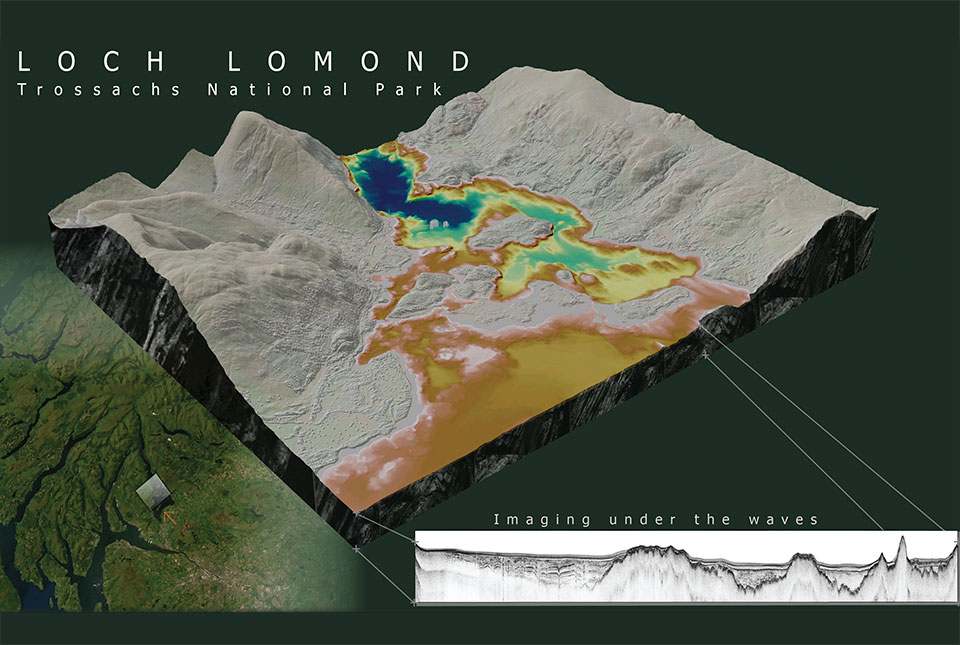
Loch Lomond is a freshwater lake at the heart of the Loch Lomond and Trossachs National Park in the south-west highlands of Scotland. It is surrounded by beautiful landscapes and vistas influenced by past ice ages.
Using seismic data, marine geoscientists at BGS have discovered a new sedimentary unit buried in deposits beneath the loch, giving new insights into its past glacial history.
Scotland in the last ice age
Much of the highlands of Scotland were covered by an extensive mountain ice cap 12 900 to 11 700 years ago, during the last period of cold climate (known as the Younger Dryas or the Loch Lomond Stadial). Decades of onshore research have shown how past ice ages have shaped the landscape of Loch Lomond, including carving of the present-day loch itself and its surroundings through processes such as erosion and deposition. However, this new dataset provides an interpretation of the stratigraphy now buried beneath the loch.
Mapping the loch bed and subsurface features
BGS used multibeam bathymetry surveys to gather detailed information about the features on the loch bed. The data revealed a series of flat-topped and prograding features (or the growth of a river delta further out into the sea over time) and ancient glacial geomorphological features. These features include drumlins, which are oval-shaped hills largely composed of glacial drift that form parallel to the direction of ice flow, and streamlined bedrock, created by glacial restructuring of hard beds that produces a collection of extended rock landforms, interpreted as showing the direction of the palaeo-ice advance.
It’s been incredibly exciting to have had the opportunity to interpret these datasets and present the loch surface and subsurface in a way we’ve never seen before. The seismic mapping and interpretation of the Inchmurrin Formation helps us understand past landscapes and geological events that are now buried under the loch bed. We are keen to undertake further research in and around the area, building on the seismostratigraphical framework that we observe in Loch Lomond.
Nicola Dakin, BGS marine geoscientist.
BGS geoscientists used seismic data to map the subsurface of the loch. Seismic data uses sound waves, which travel through buried layers of sediment, forming an acoustic image based on density variations between different sediment types. We interpreted the acoustic signature, linking sedimentary processes and depositional environments to past climatic cycles. This provided a framework to create an updated chronostratigraphy within the loch.
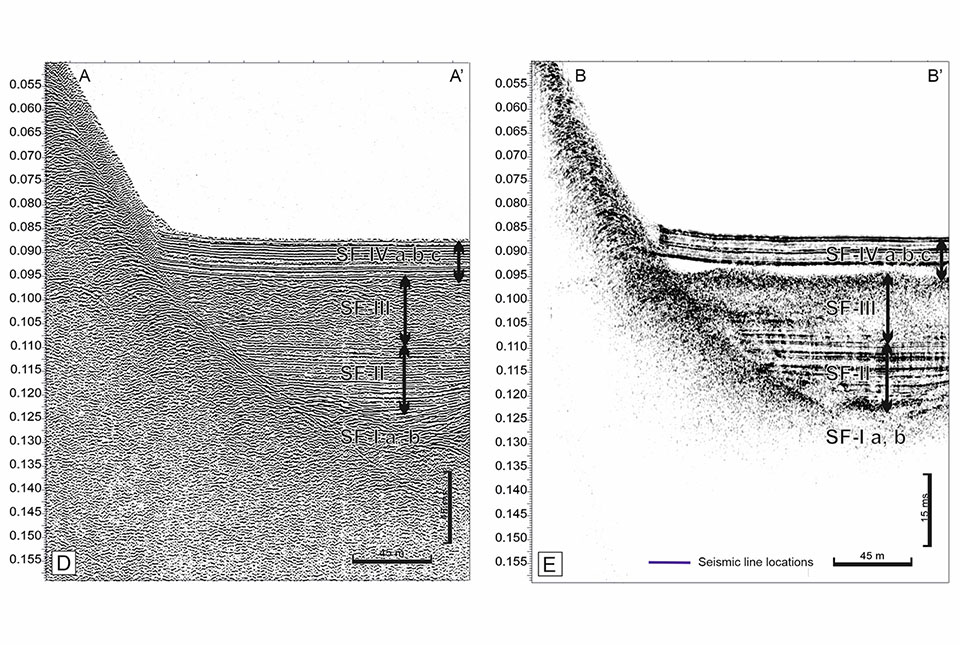
(A) Boomer and (B) EdgeTech data enabled a visual comparison of the stratigraphy imaged by different acquisition systems BGS © UKRI.
What did the survey reveal?
- during glacier advance associated with the cold Younger Dryas climate, glacial landforms were shaped underneath the ice; these can now be identified at the base of the sedimentary succession, up to 60 m below the loch bed surface
- as the ice retreated, vast volumes of water and sediment were released into the loch, leaving a sequence of layered sediments up to 44 m thick
- immediately after deglaciation of the area, exposure of steep loch margins likely resulted in landslides into the loch, producing a unit that is shown as a transparent layer in the seismic data and can represent up to 50 per cent of the sediment fill in places — we have named this new unit the ‘Inchmurrin Formation’
- as the climate transitioned from the early Holocene to the present day, a final phase of lacustrine sedimentation followed, depositing up to 127 m of the youngest, layered, grey-brown lake sediments
Global value of this work
Work is continuing to build understanding of other lochs in the area. The Loch Lomond dataset is a valuable resource that could enable BGS to offer insights into the extent and rates of landscape adjustment that accompanied the transition from glacial to non-glacial conditions. Such findings are of global importance when considering landscape stability and potential future geohazards in regions that are undergoing rapid deglaciation, such as around the European Alps, Himalayas and New Zealand’s Southern Alps.
About the author

Nicola Dakin
Marine geoscientist
Relative topics
Related news

Hole-y c*@p! How bat excrement is sculpting Borneo’s hidden caves
23/12/2025
BGS researchers have delved into Borneo’s underworld to learn more about how guano deposited by bats and cave-dwelling birds is shaping the subsurface.
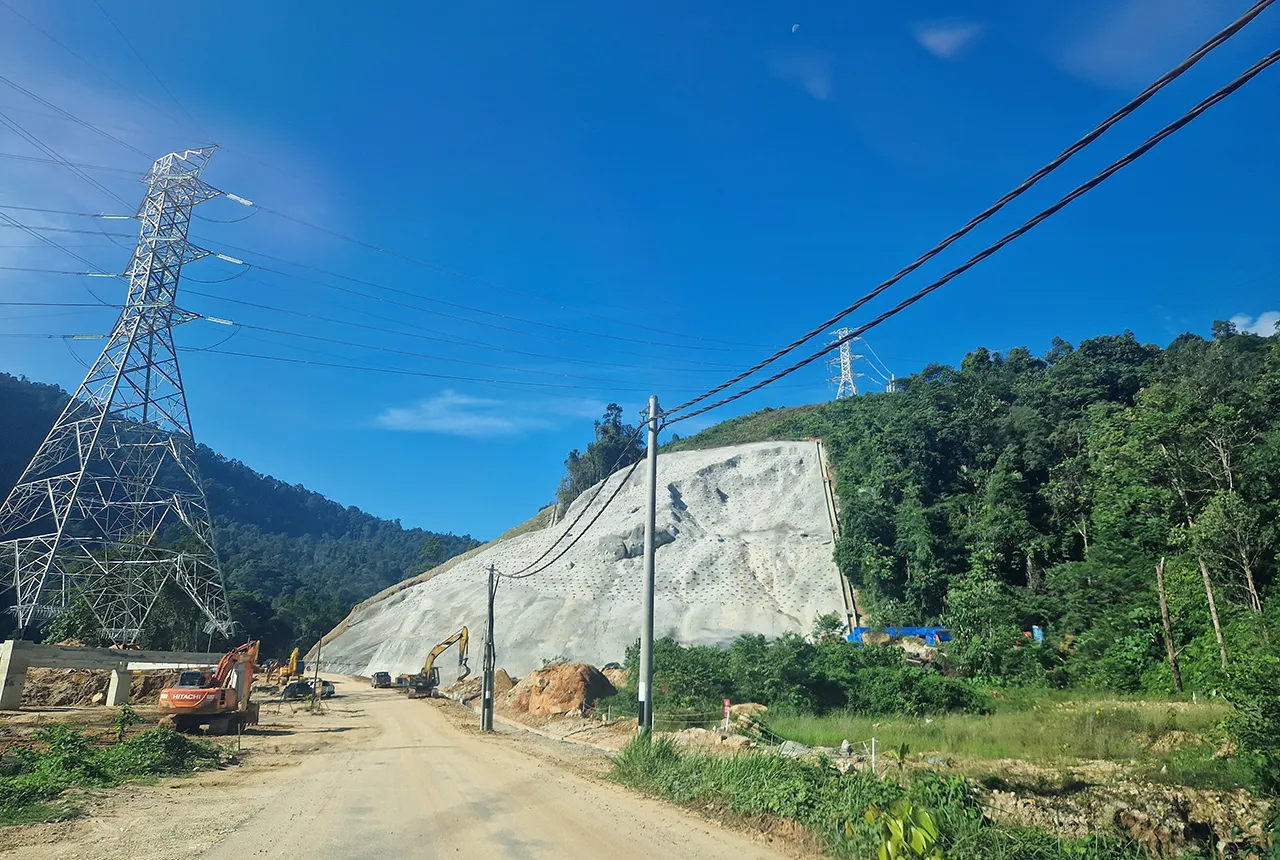
BGS awarded funding to support Malaysia’s climate resilience plan
17/12/2025
The project, funded by the Foreign, Commonwealth & Development Office, will focus on minimising economic and social impacts from rainfall-induced landslides.
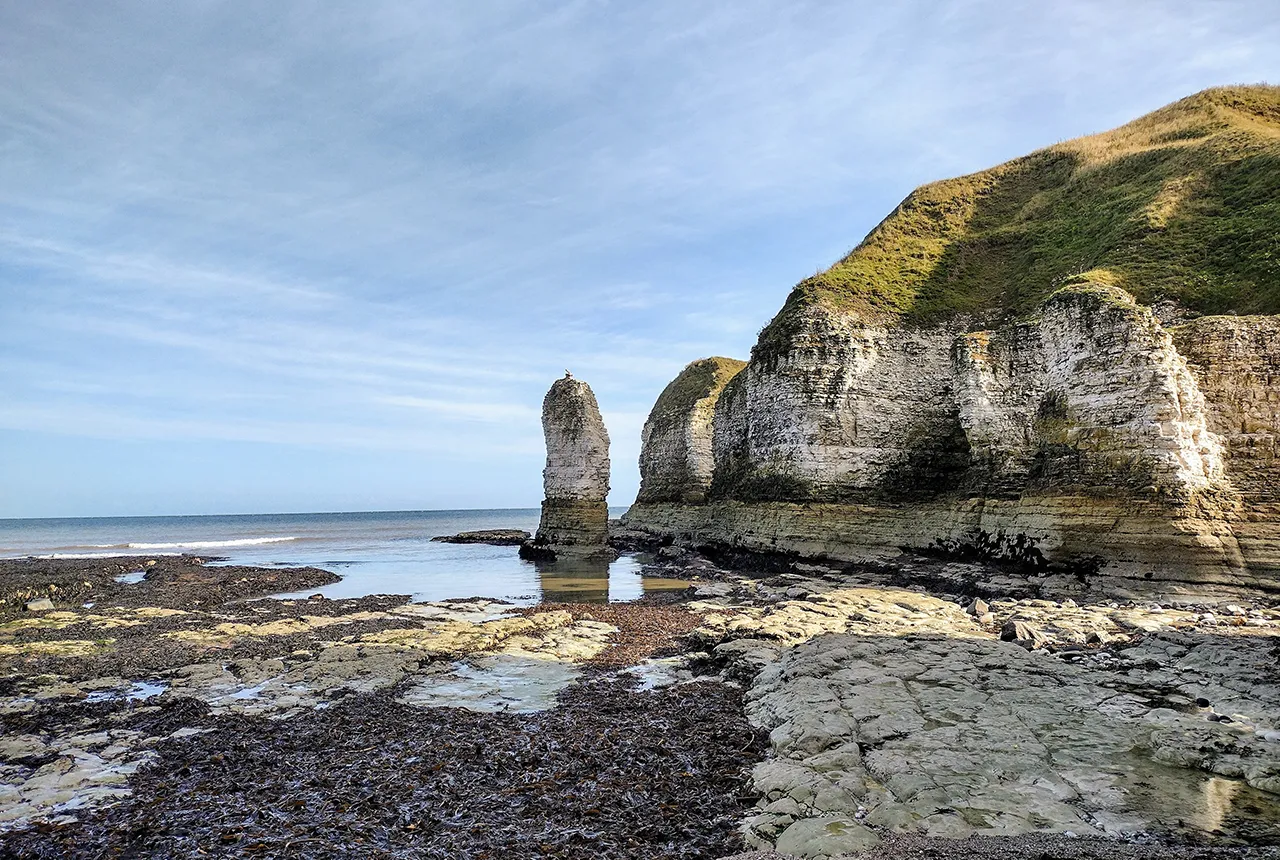
New geological maps of the Yorkshire Wolds to better inform groundwater management and policy decisions
17/12/2025
The new mapping provides crucial data on localised geological issues that may assist in protecting water supplies.
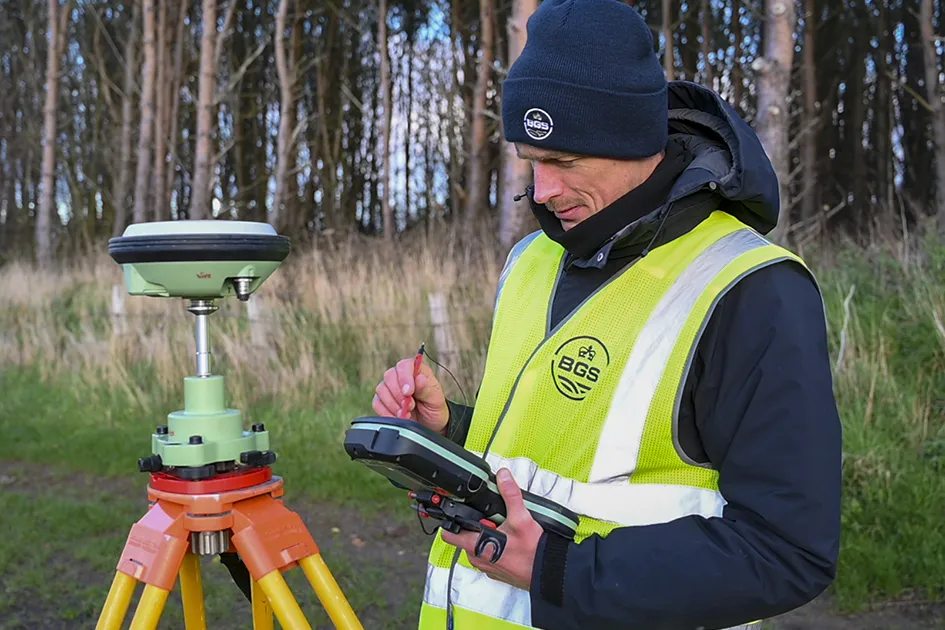
‘Three norths’ set to leave England and not return for hundreds of years
12/12/2025
The historic alignment of true, magnetic, and grid north is set to leave England, three years after they combined in the country for the first time since records began.

BGS agrees to establish collaboration framework with Ukrainian government
11/12/2025
The partnership will focus on joint research and data exchange opportunities with Ukrainian colleagues.
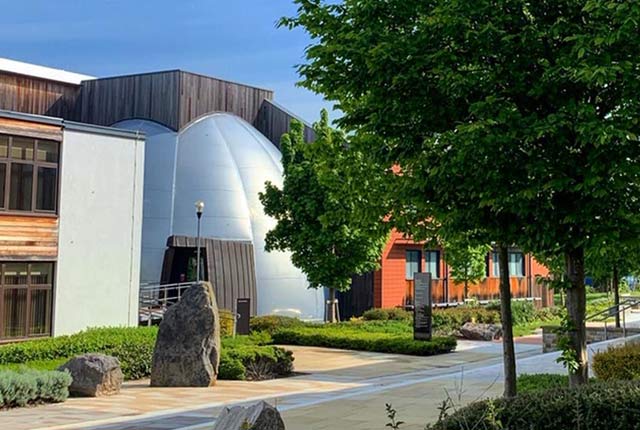
Making research matter: BGS joins leading research organisations in new national initiative
10/12/2025
A new alliance of 35 organisations has been formed that is dedicated to advancing science for the benefit of people, communities, the economy and national priorities.

New 3D model to help mitigate groundwater flooding
08/12/2025
BGS has released a 3D geological model of Gateshead to enhance understanding of groundwater and improve the response to flooding.
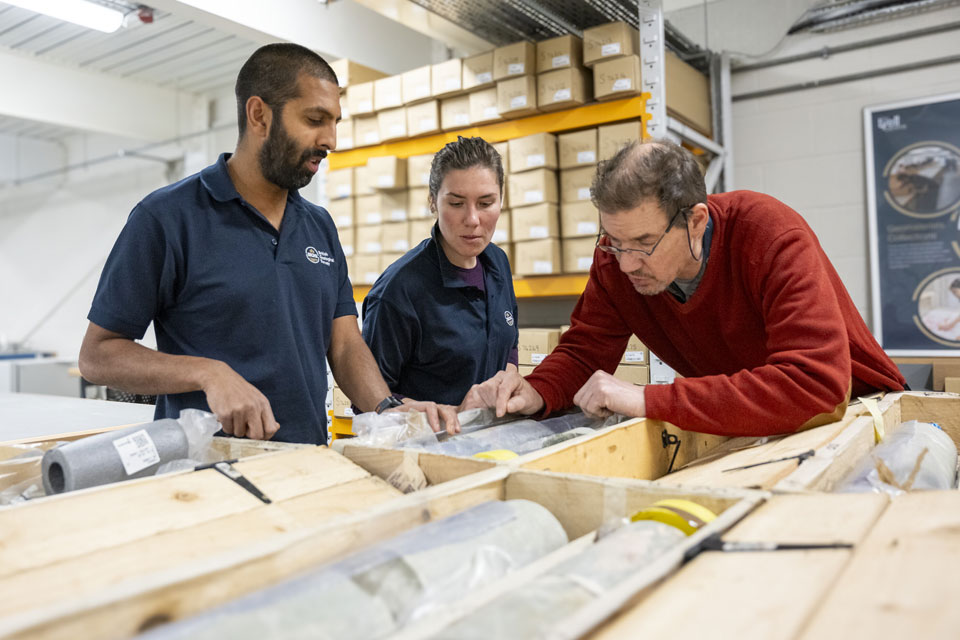
Scientists gain access to ‘once in a lifetime’ core from Great Glen Fault
01/12/2025
The geological core provides a cross-section through the UK’s largest fault zone, offering a rare insight into the formation of the Scottish Highlands.
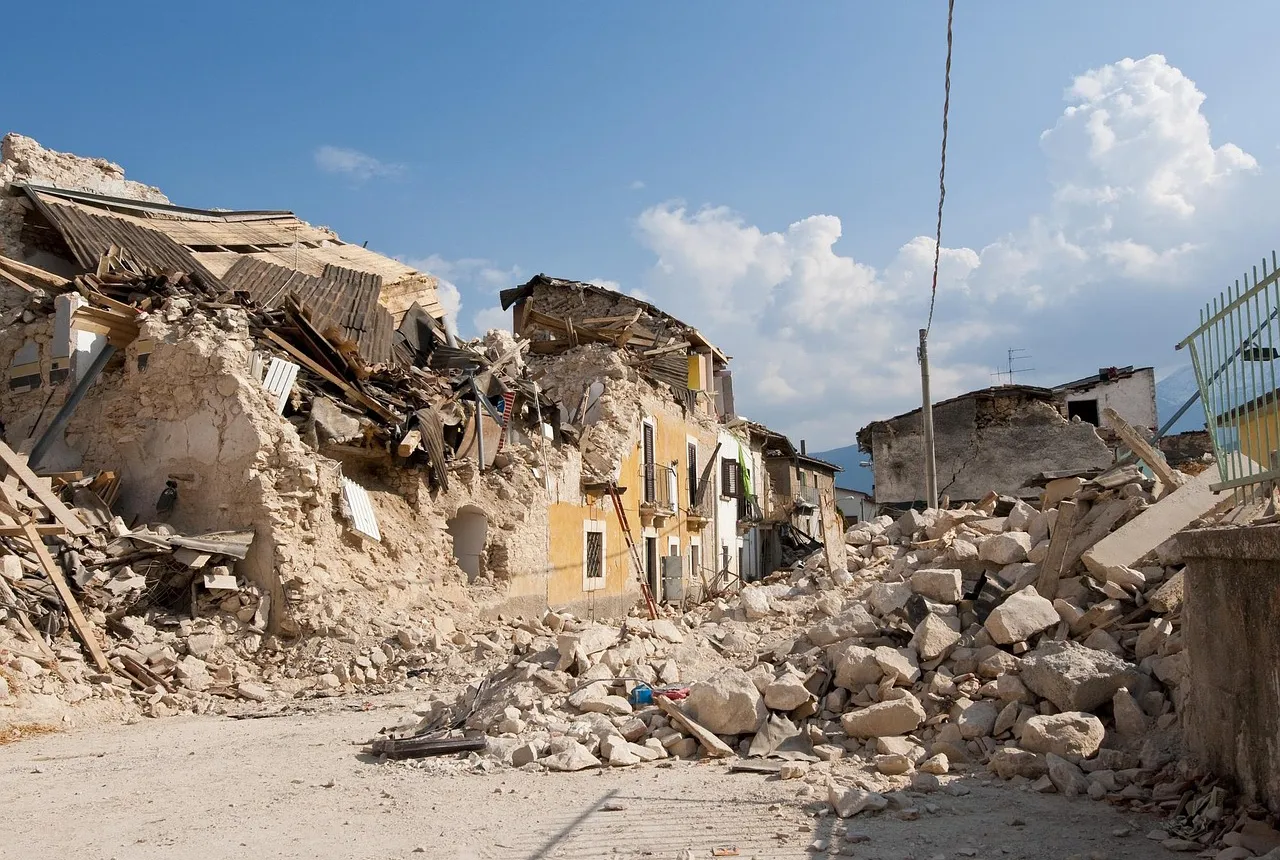
New research shows artificial intelligence earthquake tools forecast aftershock risk in seconds
25/11/2025
Researchers from BGS and the universities of Edinburgh and Padua created the forecasting tools, which were trained on real earthquakes around the world.

BGS welcomes publication of the UK Critical Minerals Strategy
23/11/2025
A clear strategic vision for the UK is crucial to secure the country’s long-term critical mineral supply chains and drive forward the Government’s economic growth agenda.
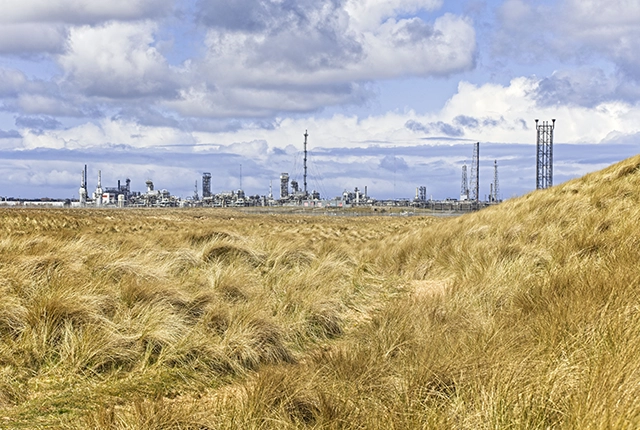
New funding awarded for UK geological storage research
21/11/2025
A project that aims to investigate the UK’s subsurface resource to support net zero has been awarded funding and is due to begin its research.
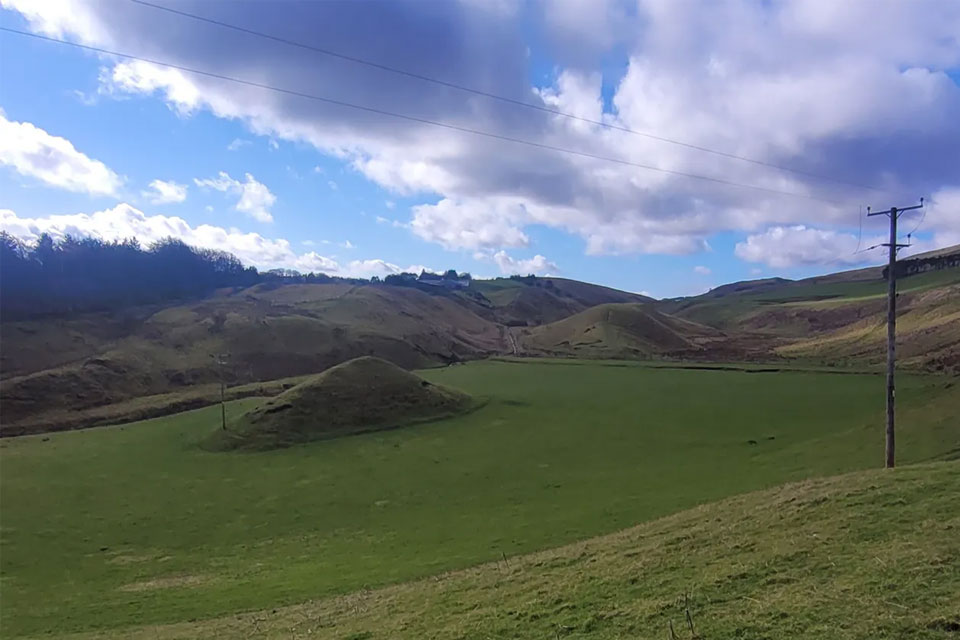
How the geology on our doorstep can help inform offshore infrastructure design
19/11/2025
BGS is part of a new collaboration using onshore field work to contextualise offshore data and update baseline geological models which can inform the sustainable use of marine resources.




